On September 11, President Shavkat Mirziyoyev chaired a meeting on the transition to a qualitatively new level of work on poverty reduction.
Work in this direction began in 2020, when the incomes of 7.5 million people, which constituted 23 percent of the population, were below the poverty line. Thanks to the efforts of recent years, 3.5 million people have escaped this situation, and by the end of 2023, the poverty level was reduced to 11 percent.
First of all, the coverage of the population with social protection measures has significantly expanded, for which 12.3 trillion UZS were allocated last year. The size of pensions and benefits has increased by one and a half times.
35 trillion UZS of preferential loans and 7 trillion UZS of subsidies were allocated for projects to reduce poverty and develop entrepreneurship in mahallas. 120 trillion UZS were allocated to improve mahallas, build and repair kindergartens, schools, and medical institutions, and improve road infrastructure, water, and electricity supply. In addition, 800 thousand residents received 260 thousand hectares of land for agriculture and income generation.
Notably, since 2020, the number of workers receiving 3 to 5 million UZS per month has doubled, and those earning 5 to 7 million UZS have tripled. As a result, the poverty level is decreasing by an average of 3 percent per year.
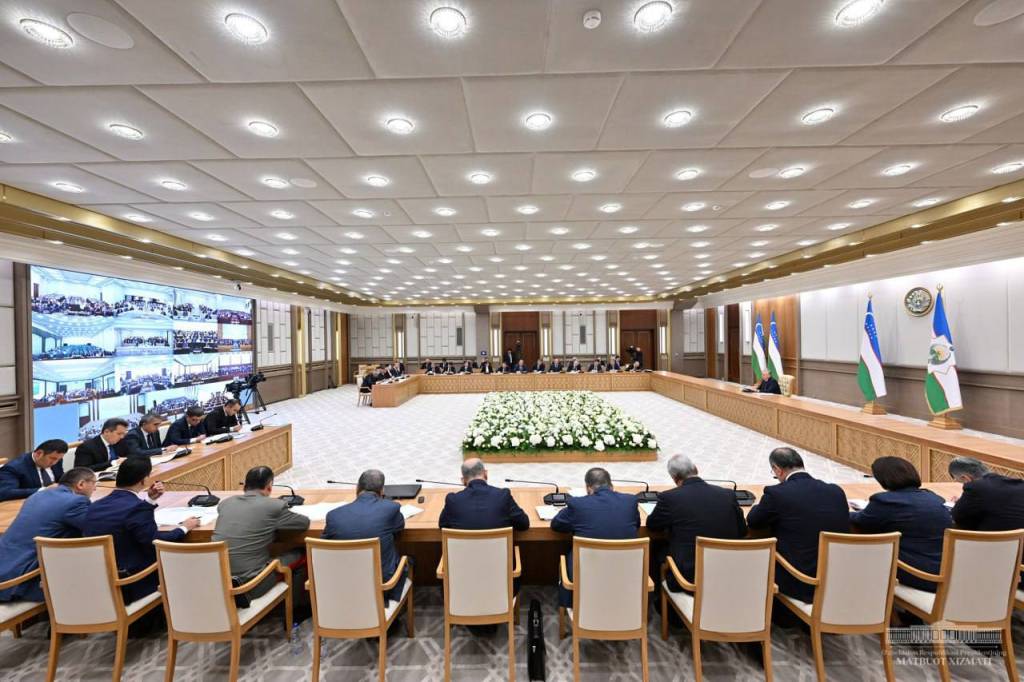
However, progress in this direction is uneven. In some regions, such as Navoi, Surkhandarya, Fergana, and Tashkent, there have been no changes over the past six months, and in 15 districts, the poverty level remains above 20 percent.
In 16 districts, poverty has been reduced by half due to the receipt of 2-3 harvests on the lands allocated to the population, but progress is not visible in 14 districts.
The President emphasized that poverty cannot be overcome solely through cash payments and benefits. The main emphasis should be on training people in professions and providing them with work.
Today, there are 250 thousand vacancies in enterprises, but 35 percent of non-disabled members of low-income families do not have the necessary knowledge and skills, and some cannot work due to chronic diseases. 83 percent of low-income families have garden plots, but their cultivation is difficult due to problems with access to water, electricity, and roads.
Current problems were analyzed at the meeting, and new tasks were identified.
The Head of state announced the preparation of the program “From Poverty to Prosperity”, which will define new approaches to combating poverty in Uzbekistan in seven areas.
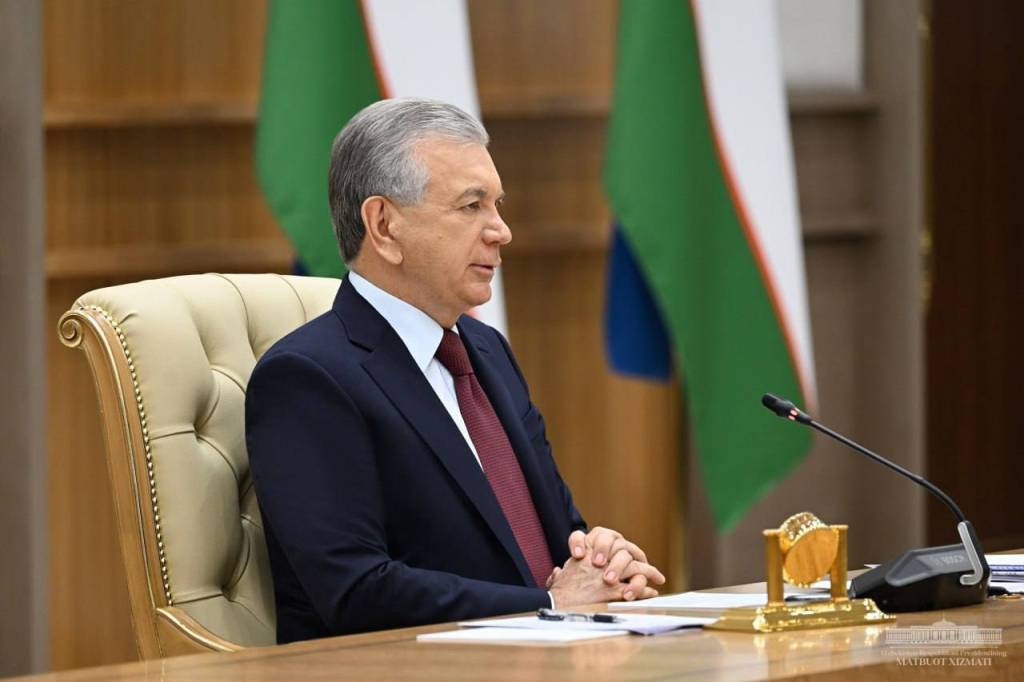
The National Agency for Social Protection and the hokimiyats will conduct a complete inventory of mahallas, creating a “portrait” of low-income families, and develop individual programs to support them. The economic complex, district hokimiyats, and sector leaders will be engaged in bringing families out of poverty.
Particular attention will be paid to developing mahallas’ infrastructure: $1.6 billion will be allocated next year. Part of these funds will be used to install pumps and solar panels in 300 of the most problematic mahallas. In another 500 mahallas, water supply, electrification, road infrastructure, and Internet connection issues will be resolved.
Today, about 9,200 entrepreneurs in Uzbekistan have created at least 50 jobs each. Providing support will allow them to expand their production activities and employ even more people.
For example, 58 poultry enterprises in Andijan region have initiated the involvement of 10,000 needy residents in egg production and 660 fish farms in creating the same number of jobs through cooperation.
The Head of state instructed the creation of a new system for financing such projects and their expansion to other regions.
Two years ago, by decree of the President, entrepreneurs in the public catering sector were granted a social tax benefit. As a result, several enterprises provided jobs for 2,000 people in Tashkent, Samarkand, and Andijan. If this benefit is extended for another two years, entrepreneurs are ready to provide jobs for tens of thousands more needy citizens.
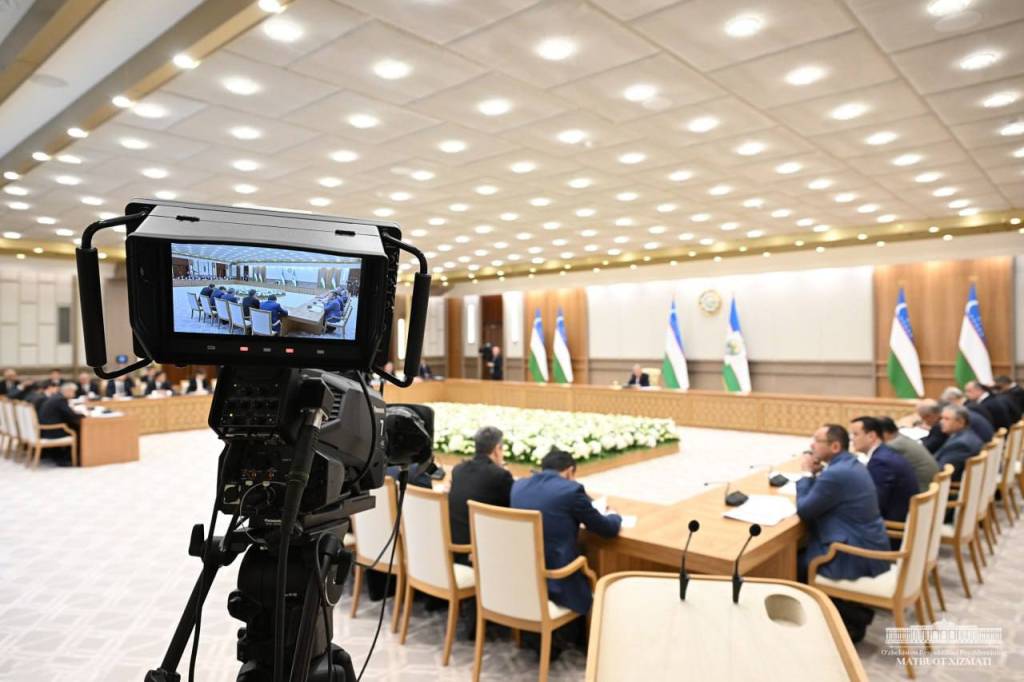
The textile industry creates the largest number of jobs in the industry. Entrepreneurs in this sector also asked to extend the social tax benefit granted two years ago to enterprises producing finished knitwear, dyed fabrics and textiles.
Considering their importance in employing the population, responsible persons were instructed to propose extending benefits in these areas.
A decision was made to maintain the social tax benefit for another three years for each hired worker from low-income categories of the population. This benefit will be granted not only to textile enterprises but also to enterprises in all industries. Thanks to this, hundreds of thousands of low-income people can be employed in the building materials industry, textile, leather and footwear, electrical engineering, food, livestock, and construction industries.
Over the past years, 260 thousand hectares of land have been allocated to 800 thousand residents for agriculture. Now, another 50 thousand hectares of land will be distributed among 100 thousand low-income families.
Agriculture and gardening will be organized on these lands according to the principle of “company – cooperative – dehkan farm”. At the same time, based on the Chinese experience, a system is being created that allows for income to be generated in three ways: 1) a large company producing and exporting agricultural products receives land on a sublease from low-income families; 2) or landowners unite in a cooperative as shareholders, receive orders from companies, and the income received is distributed among them; 3) in both cases, families will independently produce products on the land and receive wages for this.
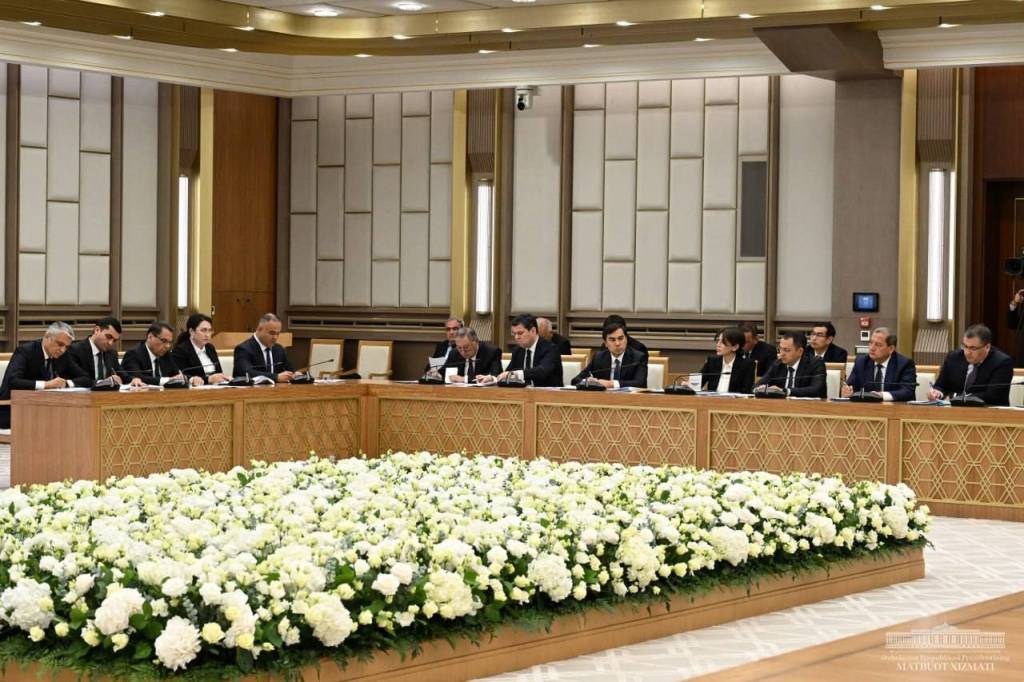
That is, a low-income family using the land provided to them more efficiently will receive income from rent or dividends along with their salary. The company grows one type of product on one plot and wins in quality and cost.
Microfinance services are also crucial for the implementation of employment projects. Opportunities in this area are expanding.
Thus, in 2024-2025, 10 trillion UZS will be allocated for microloans for self-employment and small and medium-sized businesses. In addition, low-income families will be provided with equipment worth up to 30 million UZS, mobile stores, motor scooters, and scooters with the condition of payment in installments for 5 years. Children from low-income families will be given an interest-free loan for 5 years with a 2-year grace period to purchase computers.
A center for employment and training of workers for entrepreneurs will be created at the Chamber of Commerce and Industry. Members of low-income families will be taught skills that meet the requirements of enterprises.
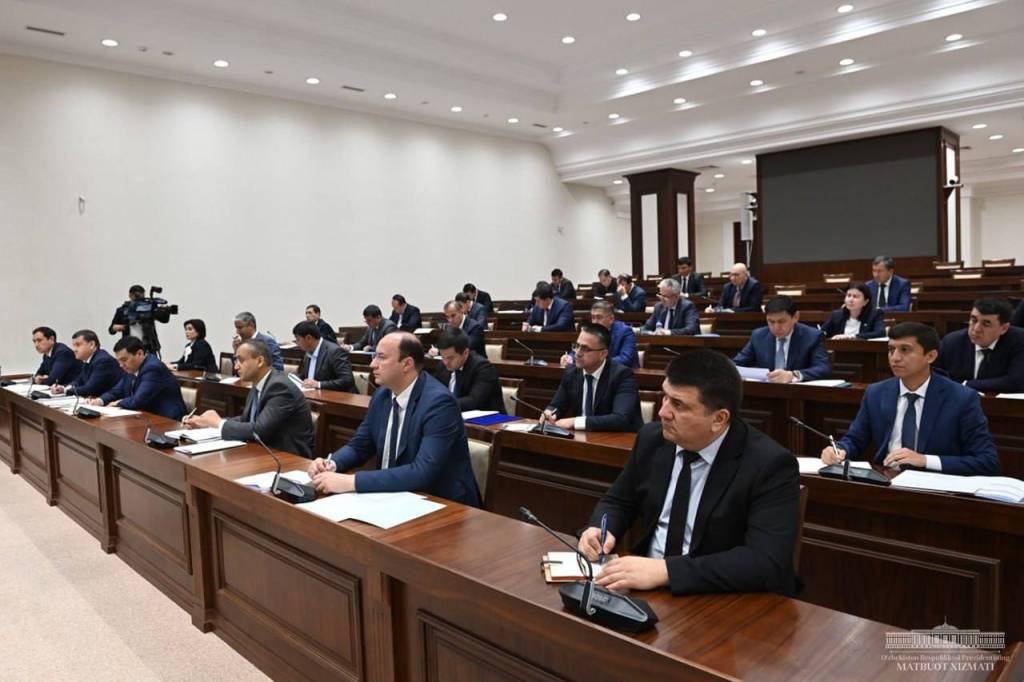
Particular attention will be paid to ensuring that every low-income family, especially women, has people with higher education. To this end, they will receive interest-free educational loans, grants and other financial support.
In general, the Head of state emphasized that this is a very large-scale goal and everyone should contribute to its achievement.
“From now on, poverty reduction will become a nationwide movement. The daily work of leaders at all levels, from the government to the district organization, should be to bring families out of poverty. Both control and requirements will be strict”, Shavkat Mirziyoyev said.
The Deputy Prime Minister, regional and district hokims presented information at the meeting. Tasks were defined to improve the targeting and effectiveness of funds allocated for low-income families, monitor the work of responsible persons in this area, and solve emerging problems.
UzA
- Added: 12.09.2024
- Views: 2306
 Ўзбекча
Ўзбекча English
English Русский
Русский
